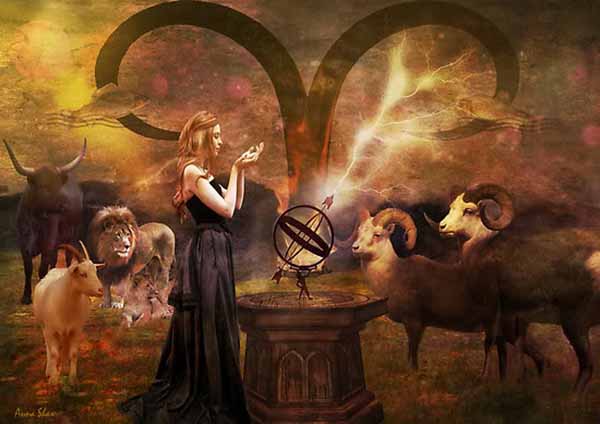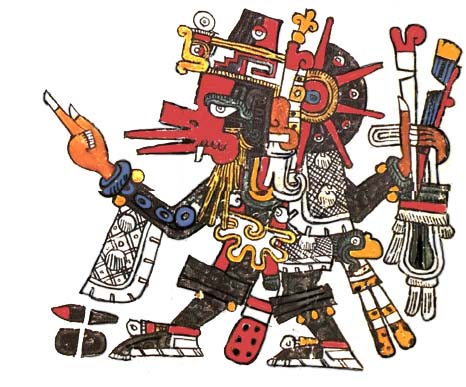
It's March and sometimes March comes in like a
lion, with heavy winds. Of course, it still being winter, that is understandable. And just yesterday, snow and ice hit Virginia and other states with a cold vengeance.
Are there myths or legends about wind? Well. . . yes, there are a few.

The Kamaitachi—Japanese wind spirit—was traditionally classified as a wind
yokai ("monster"). It is often associated with a trio of weasels with
sharp claws, rides on a gust of wind and cuts peoples' skin on the legs. There
are times that the three are described as brothers. Other times, as triplets. Yes,
triplets can be brothers, but again, a female can be born among them, or all
tree can be sisters.
A person walking in the mountains will be beset by a
ferocious wind, and later discovered with deep but painless gashes in their
skin as if by some very sharp instrument. The myth goes on to say that the
first weasel knocked the unsuspecting victim down, the second cut the victim's
flesh and the third applied medication to the wounds. By the time the victim realized
what had happened, he/she were left only with painful wounds that weren't
bleeding.
Now, Ysätters-Kajsa is a female wind-troll. People in the Swedish province of Närke used to believe in this creature. She was probably the only one of her kind in Scandinavia.
In Slavic mythology, the Raróg, sometimes also known as Zhar Ptitsa or Żar Ptak, is a hawk, falcon, or fiery dwarf, turning himself into a whirlwind. While in Lusatia and the Urals it is believe to throw a knife into a whirlwind, in order to kill the demon that resides inside it. Bulgarians, Russians, and Pommeranians cast themselves face down before a whirlwind, hoping to ward off misfortune and illness. As for Russians, they would shout "a belt around your neck!" in order to strangle the demon.
Now, Ysätters-Kajsa is a female wind-troll. People in the Swedish province of Närke used to believe in this creature. She was probably the only one of her kind in Scandinavia.
In Slavic mythology, the Raróg, sometimes also known as Zhar Ptitsa or Żar Ptak, is a hawk, falcon, or fiery dwarf, turning himself into a whirlwind. While in Lusatia and the Urals it is believe to throw a knife into a whirlwind, in order to kill the demon that resides inside it. Bulgarians, Russians, and Pommeranians cast themselves face down before a whirlwind, hoping to ward off misfortune and illness. As for Russians, they would shout "a belt around your neck!" in order to strangle the demon.
Shenlong literally "spirit dragon." This is a spiritual dragon from
Chinese mythology that controls wind and rain. These giants floated across the
sky and due to their blue color that changed constantly, made it difficult to
see clearly. Shenlong governed the wind, clouds and rain on which all agrarian
life depended. The Chinese took great care to avoid offending them. If the
Shenlong grew angry or felt neglected, the result was bad weather, drought,
flood or thunderstorms.
There was an Egyptian mother goddess, called the "Hidden One". She is the personification of the life-bringing northern wind, and often portrayed as a snake or a snake-head on which the crown of Lower Egypt rests.
There was an Egyptian mother goddess, called the "Hidden One". She is the personification of the life-bringing northern wind, and often portrayed as a snake or a snake-head on which the crown of Lower Egypt rests.
The Anemoi were wind gods in Greek mythology. Each were
ascribed a cardinal direction, from which their respective winds came, and were
each associated with various seasons and weather conditions. They were
sometimes represented as mere gusts of wind, at other times were personified as
winged men, and at still other times were depicted as horses kept in the
stables of the storm god Aeolus, who provided Odysseus with the Anemoi in the
Odyssey. Astraeus, the astrological deity sometimes associated with Aeolus, and
Eos, the goddess of the dawn, were the parents of the Anemoi, according to the
Greek poet Hesiod.
Of the four chief Anemoi, Boreas was the north wind and bringer of cold winter
air, Notus was the south wind and bringer of the storms of late summer and
autumn, and Zephyrus was the west wind and bringer of light spring and early
summer breezes; Eurus, the east wind, was not associated with any of the three
Greek seasons, and is the only one of these four Anemoi not mentioned in
Hesiod's Theogony or in the Orphic Hymns. Additionally, four lesser Anemoi were
sometimes referenced, representing the northeast, southeast, northwest, and
southwest winds.
The first peoples of North America considered the wind to be a living force in and of itself. The wind to them is a god - a power that is capable of communicating a larger-than-life language to those who would hear it. Those who were certifiably authorized to interpret these cosmic messages were shamans, medicine men, and the wise and spiritual leaders among tribes.
The Inuit Indians had an Air Spirit among the ranks of their Sila (a term that means Wisdom and Weather). Their Air Spirit controls the seas, skies and wind. Although considered a kind and beneficial spirit, it strikes wrath against liars, beggars and theives in the form of illnesses. It is also blamed for bad weather and poor hunting.
Among the Micmac (a tribe belonging to the Wabanaki Confederacy native to New Brunswick and Nova Scotia. They also migrated to Maine, US) there is a story of a hero named (in English) Strong Wind who turned evil people (specifically the nefarious sisters of his beloved) into aspen trees, and to this day he makes them tremble in fear when he comes near the aspen forest.

The first peoples of North America considered the wind to be a living force in and of itself. The wind to them is a god - a power that is capable of communicating a larger-than-life language to those who would hear it. Those who were certifiably authorized to interpret these cosmic messages were shamans, medicine men, and the wise and spiritual leaders among tribes.
The Inuit Indians had an Air Spirit among the ranks of their Sila (a term that means Wisdom and Weather). Their Air Spirit controls the seas, skies and wind. Although considered a kind and beneficial spirit, it strikes wrath against liars, beggars and theives in the form of illnesses. It is also blamed for bad weather and poor hunting.
Among the Micmac (a tribe belonging to the Wabanaki Confederacy native to New Brunswick and Nova Scotia. They also migrated to Maine, US) there is a story of a hero named (in English) Strong Wind who turned evil people (specifically the nefarious sisters of his beloved) into aspen trees, and to this day he makes them tremble in fear when he comes near the aspen forest.

Outside of the US,
the Aztec wind-god, Ehecatle (a facet of Quetzalcoatl), was believed to blow the
moon and sun into orbit.
The legendary Thunderbird in North American indigenous
peoples' history and culture is considered a "supernatural" bird of
power and strength. The Thunderbird's name comes from that common belief that
the beating of its enormous wings caused thunder and stirred the wind.
From a Native perspective, the wind seems to be personified as divine messenger, able to manipulate unseen energy.
From a Native perspective, the wind seems to be personified as divine messenger, able to manipulate unseen energy.
Next
time, bad weather hits your area, or a strong wind passes through,
think of how many people long ago thought of these as gods, monsters and
spirits. Maybe a little appeasement on your part might not hurt?


4 comments:
Nicely done. Lots of interesting info here.
Glad you liked it, K. R.
Enjoyed the article.
Glad you did, Gatekeeper. :-)
Post a Comment